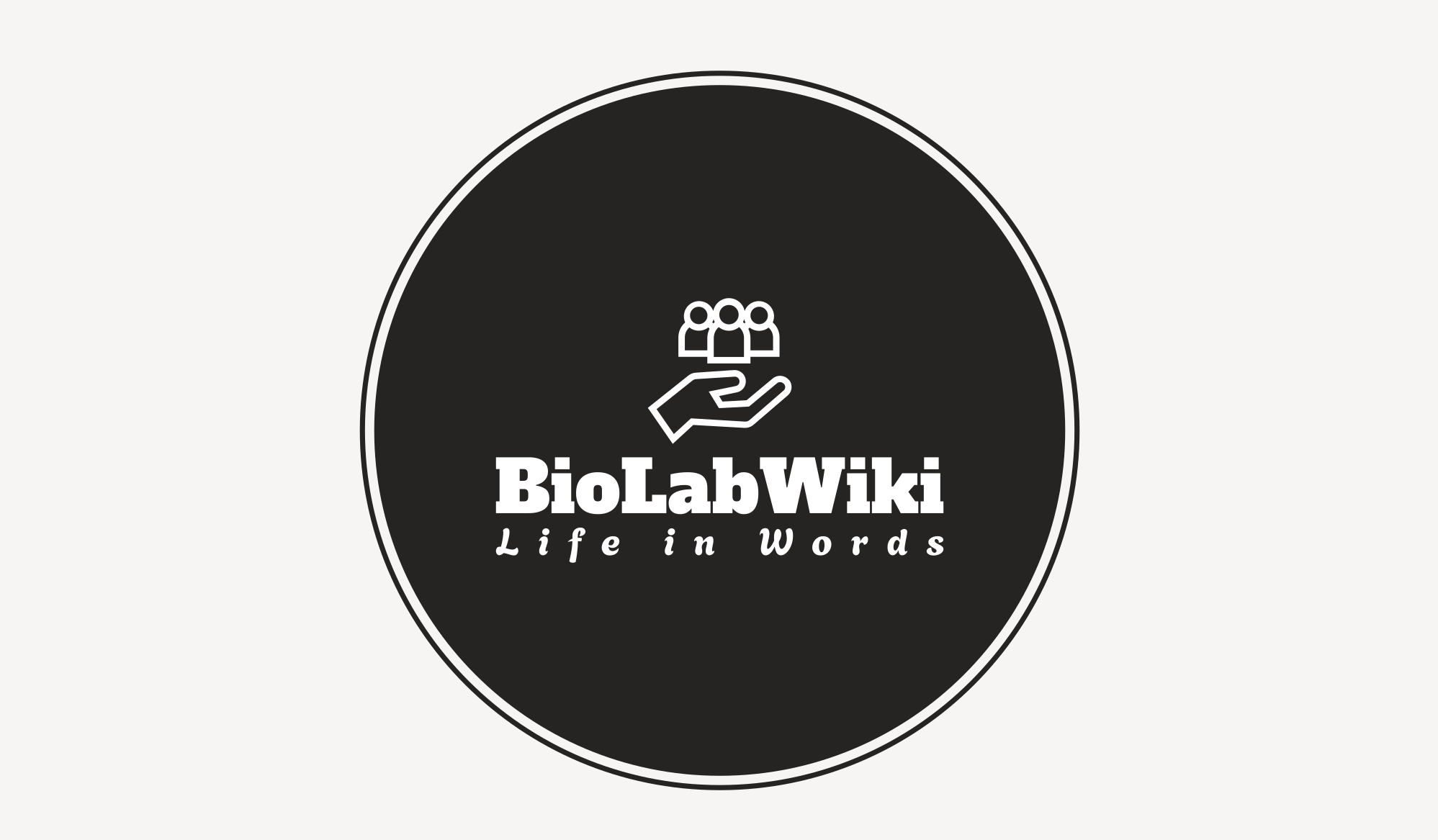Urgent care centers play a pivotal role in the healthcare landscape. These facilities bridge the gap between primary care visits and emergency room services, offering a convenient option for individuals with immediate, but not life-threatening, health concerns. Understanding the structure and offerings of this type of care center helps people appreciate their value within the healthcare system.
Accessibility and Convenience
Urgent care centers are typically located in highly accessible areas near residential neighborhoods or major thoroughfares. Their primary appeal lies in extended hours of operation. these facilities often staying open during evenings and weekends to accommodate patients outside of traditional clinic hours. This level of accessibility makes them an attractive option for individuals who might otherwise delay care or struggle to secure timely appointments with primary care providers. Patients often do not require an appointment, enabling walk-ins for care when needed.
Services Provided
These types of care facilities provide a wide range of medical services to address non-life-threatening conditions efficiently. Some of the services these facilities typically handle include:
- Treatment for minor injuries, such as sprains, fractures, and cuts requiring stitches.
- Diagnosis and management of common illnesses, including colds, flu, strep throat, and infections.
- Preventive care services, such as vaccinations, flu shots, and physical exams.
- On-site diagnostic testing, including X-rays and laboratory tests, for streamlined medical evaluations.
- Occupational health services, including drug testing and employment-related medical exams.
These comprehensive offerings help confirm that patients can access a variety of medical care options without unnecessary delays. Instant care centers are a convenient and practical choice for many healthcare needs.
Patient-Centered Approach
These care facilities are structured to prioritize patient-centered care. Medical professionals at these centers help explain conditions and treatment plans in simple terms. This helps confirm that patients leave their appointment with a clear understanding of their health needs and follow-up care. Affordability is another consideration for patients choosing instant care centers. Costs are generally lower compared to emergency department visits, making them a more viable option for those seeking non-emergency medical care. Many urgent care facilities also accept a wide array of insurance plans and offer transparent billing practices, which fosters trust and accessibility.
Integration into the Healthcare System
While instant care centers are designed to handle non-emergency health concerns, they still work collaboratively with the broader healthcare system. Patients with issues beyond the scope of urgent care are referred to specialists or emergency services when needed. Additionally, communication with primary care providers ensures continuity of care. Many centers maintain digital systems allowing them to share medical records, ensuring that a patient’s primary doctor remains informed about the care provided during the urgent care visit.
The Value of Accesible Urgent Care
Urgent care centers have emerged as an indispensable component of modern healthcare, providing efficient solutions for non-emergent medical issues. By focusing on accessible locations, shorter wait times, and affordability, these facilities serve patients while simultaneously easing the burdens faced by emergency departments. Understanding the scope of services and care provided allows patients to make informed choices when seeking immediate medical attention.



